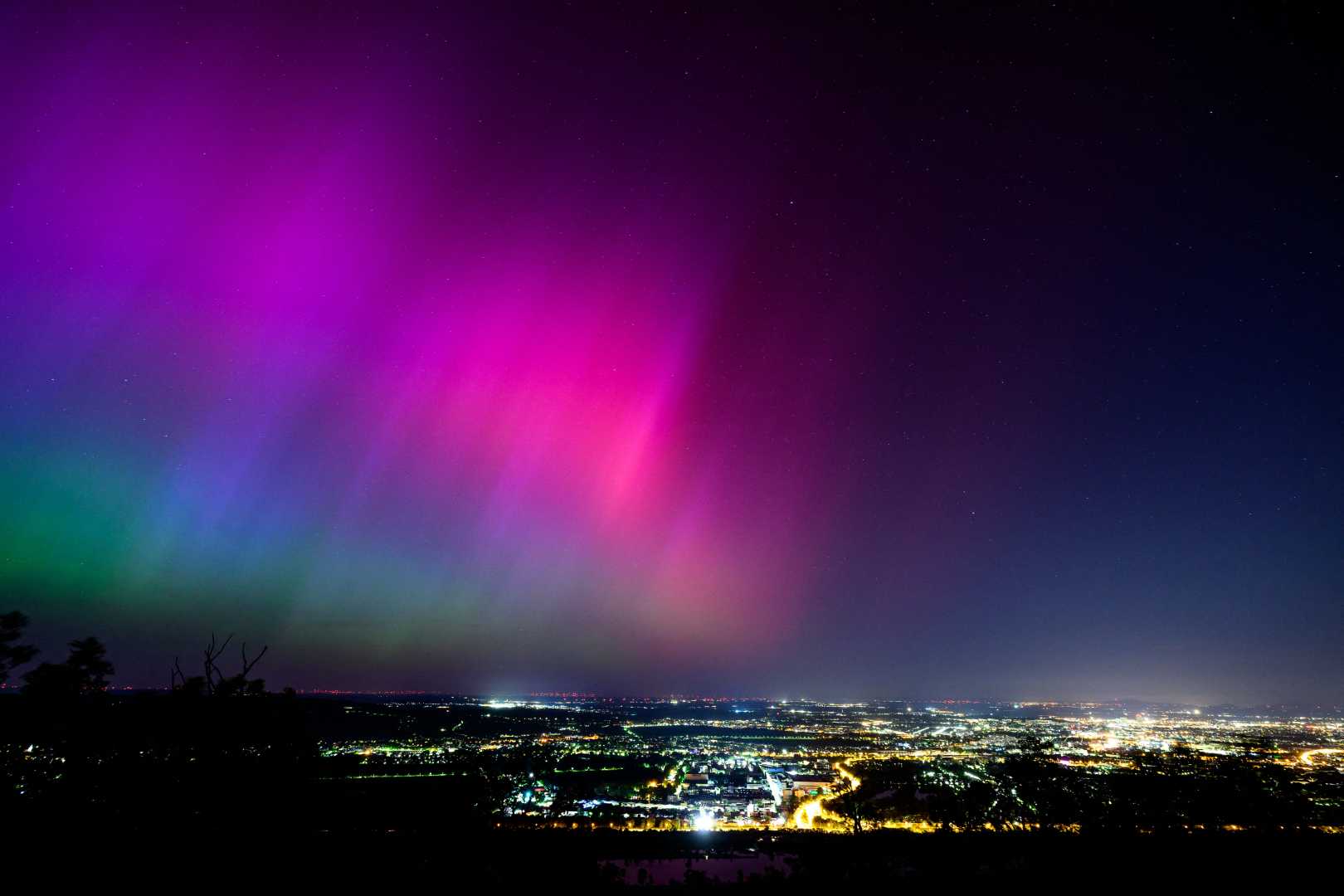World
Northern Lights Dazzle Across the UK: A Celestial Spectacle

The skies over the United Kingdom have been illuminated by the enchanting display of the Northern Lights, also known as the aurora borealis. This natural phenomenon was most visible in Scotland, Northern Ireland, and northern England, with some reports reaching as far south as Kent. Enthusiasts and sky-watchers have been treated to this breathtaking sight, with meteorologists predicting another chance to witness it on the upcoming Friday night.
Images captured from the Highlands and the Yorkshire Dales have shown that clear skies, combined with increased solar activity, contributed to Thursday night’s spectacular display. According to Simon King, the BBC‘s lead weather presenter and meteorologist, there is another opportunity to catch the aurora on Friday evening. He advises viewers to look towards the northern sky, away from light pollution, and to use cameras or phones, which are more sensitive to the light than the human eye.
The aurora borealis occurs when charged particles from the Sun collide with gases in the Earth’s atmosphere, emitting light. Typically, these displays are near the Arctic Circle, but strong solar activity can extend the reach further south. Krista Hammond, a space weather forecaster at the Met Office, has explained that as the Sun approaches its solar maximum phase, spaces weather events, which cause the aurora, are likely to increase in frequency.
The Met Office has issued an alert indicating aurora visibility may extend as far south as northern England, Northern Ireland, and possibly some coastal areas of North Wales and Norfolk. However, visibility is expected to fade overnight. Another coronal mass ejection is anticipated, providing a chance for further aurora visibility late Friday into Saturday morning, primarily visible from Scotland.
The stunning visuals of flickering greens, blues, pinks, and purples are caused by the interaction between atmospheric gases and charged particles from the Sun, due to the coronal mass ejection. To maximize the chance of witnessing this event, the Met Office recommends seeking areas with minimal light pollution and being prepared close to midnight or early Saturday morning.












